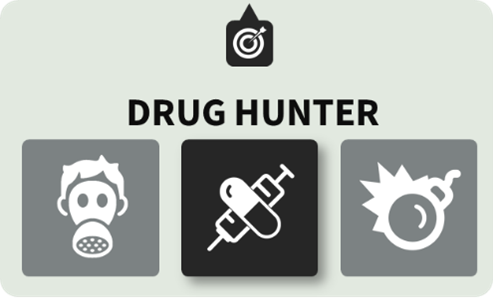Keeping first responders safe by using MX908 to identify unknown substances
Responding to the scene of a drug overdose can be challenging for many reasons. Depending on the suspected drug involved, protocols can vary greatly and present various levels of risk for first responders on the scene. The ability to quickly and accurately detect and identify controlled substances in the field provides first responders with the capability to respond according to established protocols, while keeping themselves safe.
Since launching the MX908, we have deployed approximately 1,100 MX908’s into every U.S. State, in 34 countries and across five continents. More than 5,000 operators, in numerous domestic and foreign government agencies, have been trained to use the MX908. The MX908 is relied heavily upon by elite responders for HAZMAT, CBRNE, and chemical warfare agent detection, and recently an important use has been for detecting trace levels of synthetic opioids, especially fentanyl.
The MX908 makes detecting trace levels of street drugs simple with the Drug Hunter Mission Mode. This mode can detect invisible amounts of material that are present on a surface such as labware, a pill press, or a vehicle. It can also detect street drugs which have been heavily cut with benign substances like lactose or mannitol, or even other drugs like heroin or cocaine which are much less toxic than fentanyl.

A recent case in Southern New England demonstrated the capability of the MX908 compared to other detection and identification methods. A HAZMAT team responded to the scene of a fatal overdose by syringe injection. A 1-gram bag of light tan powder was found at the residence and the team initiated their standard protocol for testing. They used several testing methods and achieved the following results:
- FTIR- Lactose (common cutting agent). FTIR is unable to see through the bulk cutting agent and identify trace levels of narcotics. So, no actionable intelligence was gained.
- Fentanyl Test Strips- A positive presumptive result for fentanyl was indicated, and the responders then turned to their MX908 for confirmation and identification of any other potential targets.
- MX908- Confirmed Fentanyl Analog w/ minor indications of caffeine and acetaminophen. The user was able to export the necessary data to perform a Reachback.
The HAZMAT team sent their results to our 24/7/365 Reachback Service for immediate analysis and reporting to the on-scene law enforcement officers. The report clearly indicated the presence of fentanyl in the measured mass spectral image. This rapid feedback allowed the HAZMAT team and on-scene responders to proceed safely and accordingly with their investigation.
The MX908 Drug Hunter Mission Mode can detect more than 2000 fentanyl variants along with other high-priority controlled substances. With the enhanced sensitivity of the MX908, users can conduct field analysis of unknown substances at trace levels to generate actionable intelligence in real time.